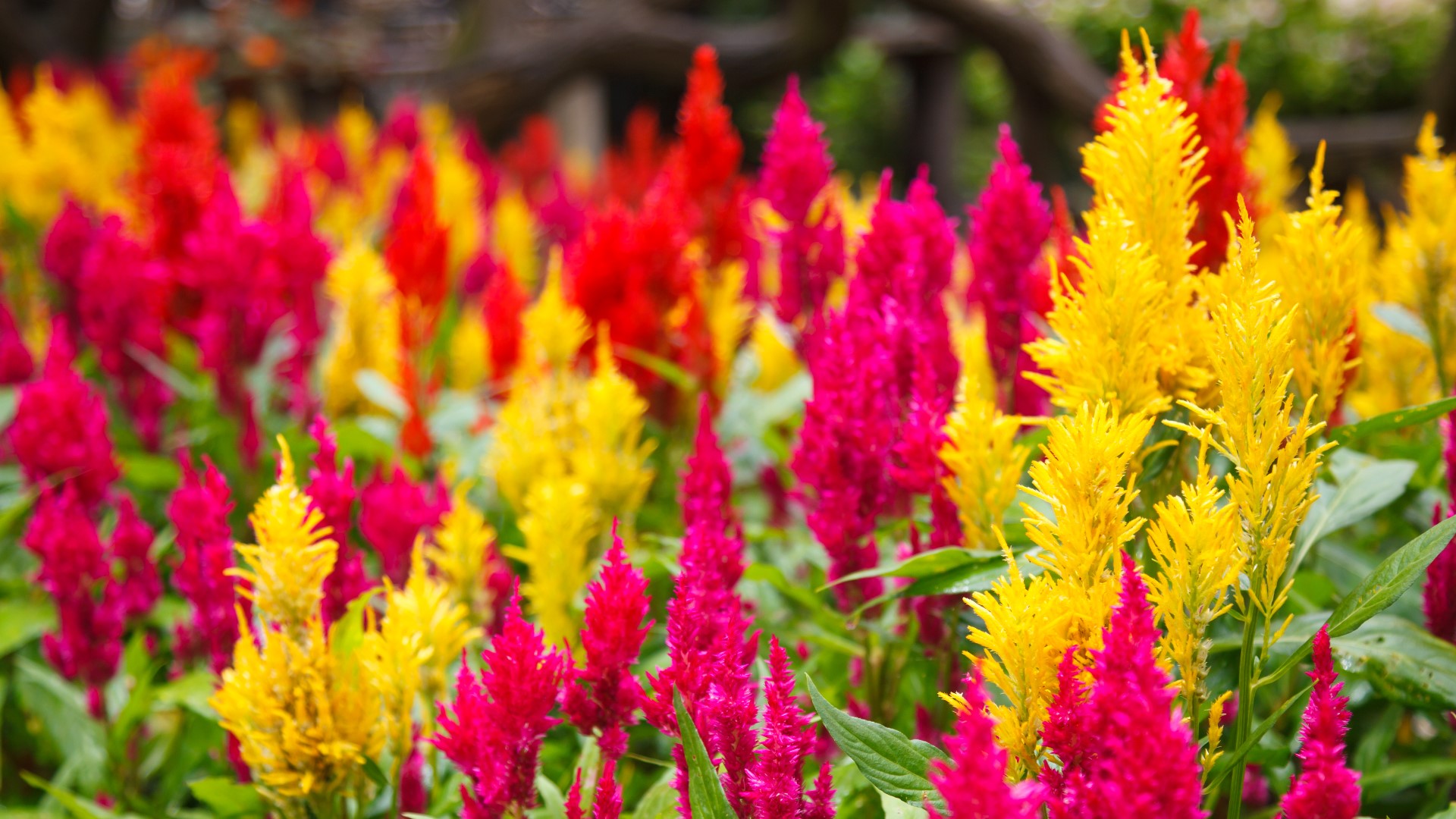There are well-over 300,000 known plant species in the world, and most of us don't even know a fraction of them. Sometimes we'll walk by into a store and see some that look fun and different, but we aren't sure what they're called. Gardening expert Ciscoe Morris joins New Day Northwest to talk about a handful of them, including the fun and fuzzy Celosia!
Celosias are highly ornamental plants in the amaranth family. The name means "burning," and refers to the flame-like flower heads that are produced in some varieties. These showy annuals easy to grow and make the perfect cut flowers for a striking bouquets. The blooms of Celosia are rather stiff and waxy, which makes them long lasting in cut flower arrangements. Whether you plant the plumed type, with its striking upright spires, or the crested type with its fascinating twisted form, the cut flowers are beautiful fresh, but they can be dried easily if hung upside down.
Celosia does need a little bit of maintenance throughout the growing season. Plant in spring after all danger of frost has passed in well drained soil in a sunny location. Fertilize with an organic flower food every 6 weeks. Since the blooms are so rugged, the plant will hold onto them until they have dried on the plant. Remove any flowers that begin to lose their color to keep the plants putting out new flowers and to keep the plants looking nice and fresh. Celosia likes rich, well-drained soil in full sun and only requires moderate watering. Overall, these are resilient plants with very few problems, but use care when planting. The succulent stems are somewhat fragile and break easily.
There are two ways to use Celosias in your landscape. One is to use them as bedding plants using one variety to create dazzling color. The other is to use them to add flaming color in container designs. Celosias can be used in center pieces quite effectively by filling the container with one or more varieties to create a rainbow of color.
Celosias bloom from mid-summer until frost. Winter cold will kill them, but don't bother bringing them inside to keep them going in winter. They don't like the conditions in the house, so designate them to the compost bin, and have fun choosing new varieties to grow next spring.
Watch New Day Northwest 11 AM weekdays on KING 5, and streaming live on KING5.com. Connect with New Day via Facebook, Twitter, Instagram.

